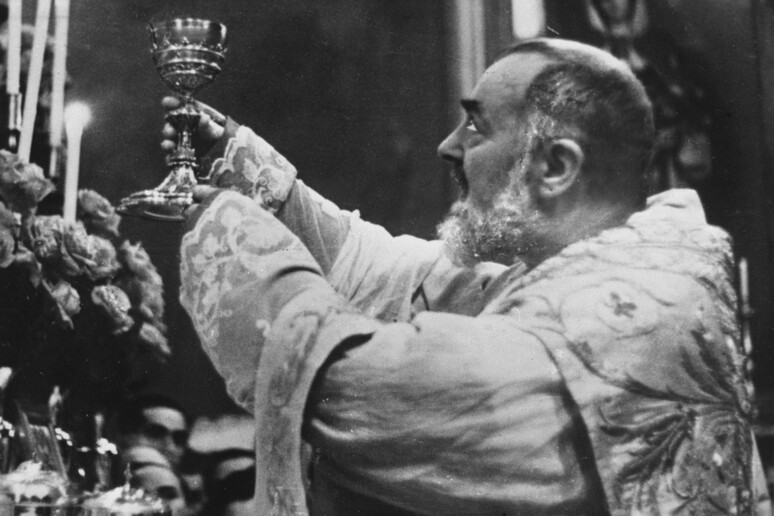The reliquary of St. Pio has arrived in Rome, where tens of thousands of Jubilee pilgrims are expected to pay a visit to one of the churches where his body will be on display for veneration, culminating at St. Peter's Basilica through February 11.
The saint - known prior to canonisation as Padre Pio - has always been beloved by the faithful, but was an adversary of the Church who faced accusations over his stigmata as well as controversy over money.
Born as Francesco Forgione to a family of farmers in the Campania town of Pietrelcina in 1887, Padre Pio was made a saint by another saint, Pope John Paul II, in 2002.
He became a priest in 1910 in the Puglia town of San Giovanni Rotondo, where he went on to open a hospital and various charitable organisations.
There was controversy over his stigmata, which some within the Church accused him of faking, as well as other suspicions from those in ecclesiastical circles, ranging from "caressing young women" to allegedly paying journalists for favorable publicity as well as purported luxurious demands for special foods and furnishings.
Then there were accusations over large sums of money that he wanted for the construction of his hospital, the "House for the Relief of Suffering", which some within the church said he was managing without permission from his superiors.
In 1953, Pope Pius XII granted him dispensation from his vows of poverty and obedience to superiors, so that he would respond only to the pontiff as he built his "House", inaugurated in 1956.
Padre Pio was known to sometimes make predictions about people's lives, and on occasion he also refused to confess those who he felt hadn't adequately shown repentance for their sins.
He received visits from all over the world, and in 1947, among the thousands he confessed was a young Polish priest by the name of Karol Wojtyla, who in 1978 became Pope John Paul II.
Of that visit a legend was born, although never confirmed, in which Padre Pio is rumoured to have said, "You will become pope, but I also see blood and violence on you".
In 1963, Pope Paul VI dismissed all accusations against Padre Pio, and the monk died five years later on September 23, 1968.
ALL RIGHTS RESERVED © Copyright ANSA











